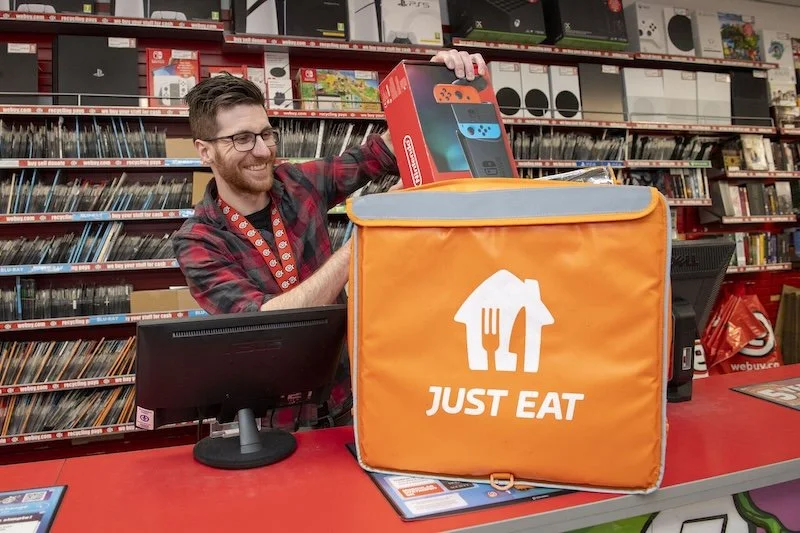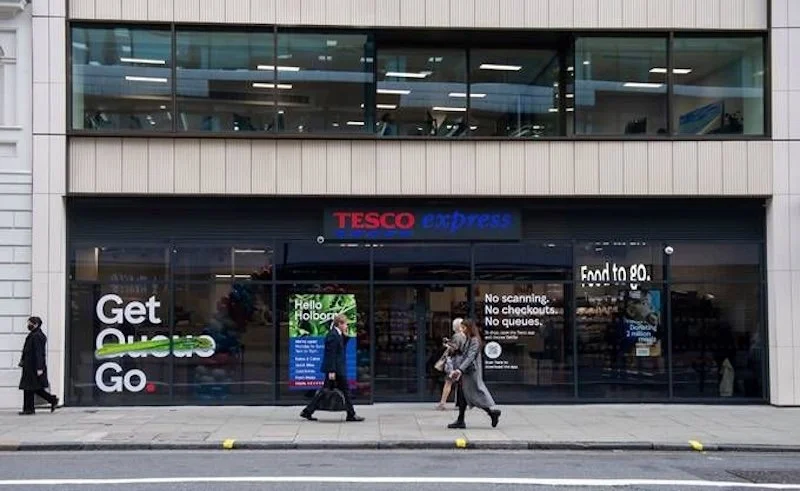Retail lenders seeing increased use of credit cards and BNPL products
Given the headlines throughout the year, it likely won’t come as a surprise that more and more UK customers are turning to what could be termed ‘safety net’ forms of retail lending to mitigate costs.
With some institutions reducing the arranged overdraft amounts on some accounts, more customers are turning to a go-to form of lending as well as a surging product that’s yet to be properly regulated in the UK.
What’s startling about this is that the UK isn’t as credit inclined as many other nations, historically speaking.
The preference has tended to be to spend what you have, with the exception of common major retail lending, such as a mortgage. Still, there are some ways in which providers are aiming to reduce the impact of what might become a necessity to borrow.
Credit cards usage rises despite debit preference
As noted, debit cards have been the dominant force in the UK – when compared to credit cards – for a long time, and even until the beginning of 2022.
From March 2021 to February 2022, credit cards remained around 60 million in the UK, while debit cards hit 96.3 million. The spending came down on debit cards to £51 million through this window, down £3.4 million, while credit card spending sat level at around £14.5 million.
Now, in a report published at the end of August 2022, people look to be feeling the need to turn to credit cards more often. It’s been found that one-in-four people in the UK say that credit cards are now needed to cover monthly expenses.
The research also found that 18 to 24-year-olds are 15% less in debt on credit cards than 35 to 44-year-olds, which may be linked to the more recent increase in competition in the credit card space.
With some banking providers, rates have become more competitive for credit cards, which come without fees and offer zero percent interest for an extended period of time.
It’s the likes of zero percent interest for 17 months from account opening that appeals to those turning to their credit cards more often now. Without annual fees, the window offers a buffer that people are currently looking for from retail lenders.
Looking at the ins and outs of credit cards by different providers is crucial and people should research credit card help to have any questions they have, answered.
Buy now, pay later continue to see growth
Buy now, pay later (BNPL) works similarly to credit cards in that you spend what you perhaps don’t have and can pay that back in increments over the coming months.
With BNPL, though, you get given a set structure for payments and a hard deadline for each purchase. It cuts up potentially major payments into more manageable sums, but it’s still a form of retail lending that many major brands are now offering.
BNPL has been on the rise for a few years in the UK, especially now that PayPal has entered the game. From 2020 to 2021, usage of the schemes increased from 49% to 57%.
Some 41% of respondents that research into buy now, pay later schemes say this is to avoid hard credit checks when purchasing an expensive item. Usually, this would impact your credit score.
Currently, the schemes aren’t directly regulated by the UK, and some major providers are experiencing a downturn in the face of reduced spending and soaring inflation.
Still, nearly half of respondents to the above did state that BNPL schemes had tempted them into buying something that they couldn’t afford.
New providers of BNPL do seek to be user-friendly, such as with relatively low (£12 per month) late fees, which might encourage more people to take up the form of making payments.
As the cost of living crisis continues to hit the headlines, the people of the UK will continue to seek ways to break up payments or get a cushion just in case things get as bad as have been predicted.
















Continue reading…